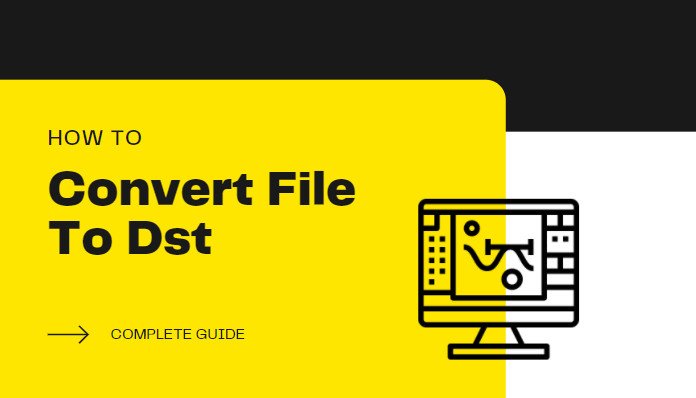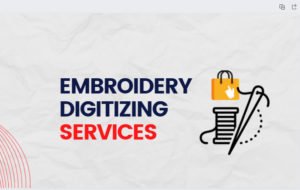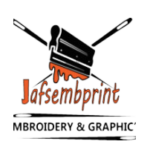Table of Contents
DST format is a file format used by embroidery machines to stitch graphics and designs. One of the most popular DST files is .dst, which was originally developed in 1993 as an extension tool within Mac OS X from Adobe Systems Incorporated, today we will cover how to Convert File To Dst.
Embroidery files are a common form of embroidery patterns or digitized designs for hand sewing machines or sewing machines.
They can be used in a variety of different ways in the textile industry, from making clothes and home goods to designing fabric for clothing production.
Embroidery design software creates files in various formats that include.eps, tif, pst, Dxf, etc… All these stitching apps work on windows 7 /8, mac osx 10/10S.
Why Do We Need To Convert Files To DST Format ?
The conversion of a file from one format to another is a process that could be done to maintain the integrity of the converted file. This conversion process can be done for a number of reasons, but typically this is done to change the format from one type to another.
File conversion to a DST format is a way for you to store your files in a more efficient and compact form. One of the benefits of converting files is that the compressed files take up less space on your computer.
In addition, converting to DST can also help with backing up your data as it’s easier for backing up compressed files than uncompressed ones.
If you have a file that needs to be converted to DST, you will want to find software that can do it. There is a variety of different types of software on the market that can handle the conversion process
How To Convert File To Dst
You can do this with the Stewart tool
- First, you go into your software and open your file Second, after selecting your file Now click on file > Save image
- Once you save your file it will move to save now as embroidery format Select .dst
- Now this time to save this and file will be converted to DST format
WE HAVE SOME SPECIAL DISCOUNT ON CONVERT FILE TO EMBROIDERY
Read More………
Embroidery Designs for Wedding:
Embroidery has been around for centuries and is still popular today. Embroidery is the craft of decorating fabric or other materials using a needle to apply thread or yarn. Embroidery may also incorporate other materials such as pearls, beads, quills, and sequins.
Early examples of embroidery have been found on clothing, wall hangings, and sculptures from various cultures. The word “embroidery” comes from the Anglo-Saxon word for “edge,” which was originally used to describe the decorative borders on cloth. There are many different types of embroidery, including cross-stitch, needlepoint, and crewel work. Embroidery can be used to decorate clothing, household items, or even paper.
When it comes to wedding embroidery, there are endless possibilities. From the bride’s gown to the table linens, every detail can be adorned with beautiful needlework. Whether you’re looking for a classic or modern design, there’s an embroidery pattern out there to suit your style. Read More
Also Read more about……………..
How to Turn Embroidery Into a Patch
If you’re looking to add a bit of personalization to your clothes or backpack, why not try embroidering a patch? It’s a relatively simple process and only requires a few supplies. Here’s how to turn your embroidery into a patch:
- Start by tracing your design onto the stabilizer. Then, place the stabilizer onto the wrong side of your fabric.
- Use an embroidery hoop to secure the fabric in place. This will help keep everything tight and smooth while you stitch.
- When you’re finished stitching, cut away the excess fabric around the edge of the design.
- Next, apply a layer of adhesive to the back of the patch. You can use craft glue or iron-on adhesive for this step.
Tools and Materials Needed
If you’re interested in turning your embroidery hobby into a patch-making business, there are a few tools and materials you’ll need to get started. A quality sewing machine is essential for making precise stitches and working with various types of fabrics.
You’ll also need a variety of needles, thread, scissors, and other basic sewing supplies.
To make your patches unique, you may want to invest in some specialty materials like heat transfer vinyl or applique. With these materials, you can add extra dimension and texture to your patches.
You can find most of these supplies at your local craft store or online.





